Insight Conversation: Luciano Siani Pires, Vale
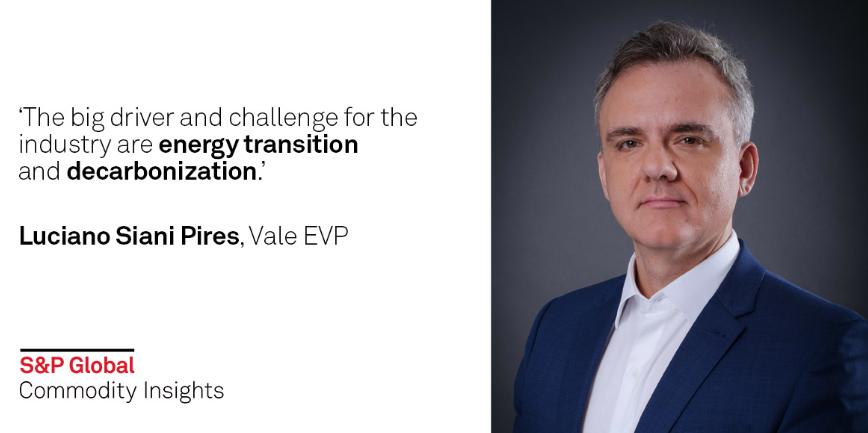
Vale has been pursuing partnerships with steelmakers, looking to address the challenges of finding cleaner ways to process minerals. The company also plans to create solution hubs to make high-quality iron ore and green products in regions with low energy costs, including the Middle East and the US.
As executive vice president for strategy and business transformation, Luciano Siani Pires plays a crucial role in bringing Vale's vision into fruition. He joined the company in 2008 and has held positions such as global strategy director as well as global human resources and governance director. He is also currently the chairman of VLI, the second largest logistics provider in Brazil.
Pires talks to S&P Global Commodity Insights Managing Editor Adriana Carvalho about Vale's initiatives as the company positions itself for the future.
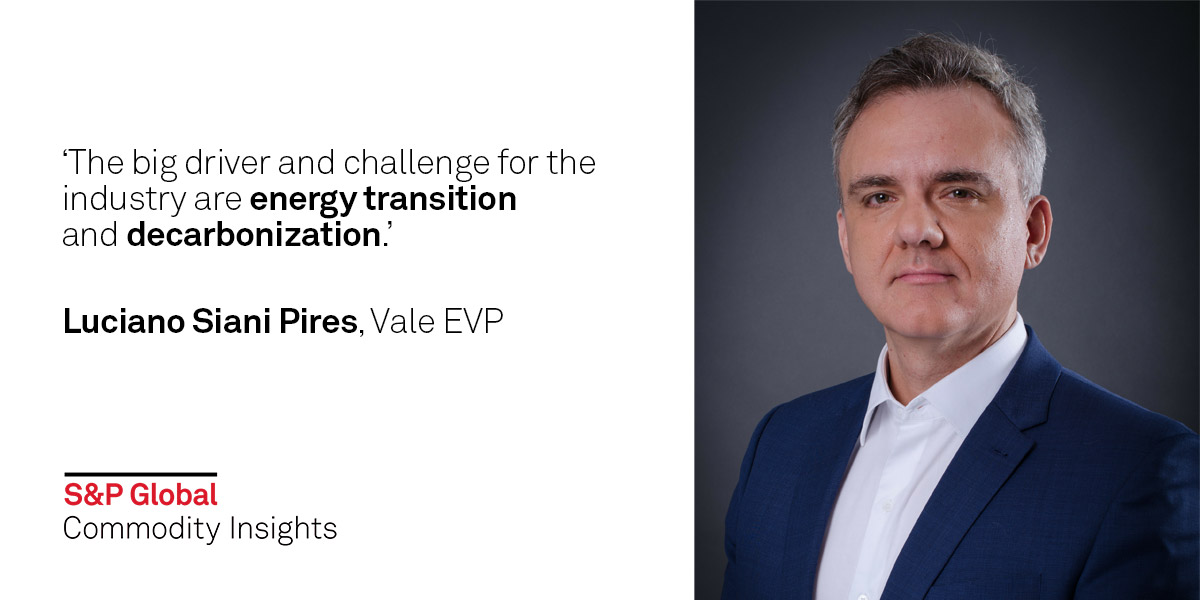
What makes Vale different today from decades ago? And what is Vale's vision for the metals industry for next decades?
Ten years ago, the world of mining and metals was ruled by the growth of China. The mission and vision of Vale and all mining companies was to grow by serving this opportunity, taking as many projects off the ground as possible to meet this demand in China, driven by urbanization.
In the next 20 years, we will have a different dynamic. The big driver and challenge for the industry are energy transition and decarbonization.
Vale sees itself in a privileged position to support and lead the supply of the materials necessary for this transition. The iron ore business will increasingly be a quality business, because all technologies that have been developed for the steel decarbonization route have quality as a common denominator.
Vale has signed several memorandums of understanding with customers to jointly research the best combinations of technology and raw materials for the production of green steel.
As of base metals, Vale has a leading role in the West, with the highest volume and highest quality in the production of nickel, which is also a fundamental metal in transport electrification.
How are Vale's projects going on the iron ore side of the business?
Nowadays, we have the challenge of resuming our total pellet production because it still has to do with the consequences of the Brumadinho tragedy. But in a long-term view, 12-18 months, we should have the [Minas Gerais-based] Brucutu and Itabira mines producing again, taking our production to 50 million mt/year.
To produce more pellets or briquettes for direct-reduction iron as part of the decarbonization route, we need more concentrated products. And Vale has been investing a lot in concentration technology. We are currently building the New Steel 1.5 million mt/year concentration plant at the Vargem Grande complex. It's a dry concentration process which means no water – and therefore no dam.
We have another 8 million mt concentration technology called Cleaner, in Oman, that cleans the blast-furnace pellet feed and transforms it into DR-pellet – a nobler and more important product for decarbonization. Succeeding on both projects at this first scale, we plan to expand them.
Moreover, we are building the first 7 million mt/year green briquette iron plant, an agglomerated product that allows steelmakers to reduce the need for sintering. And we have a roadmap to increase this production to 25 million mt/year by 2030 and with a long view to reach up to 50 million mt/year.
Vale is also betting on the Tecnored technology, which allows us to produce green pig iron on a large scale, using biomass as reusing waste from the blast furnace process itself. There are already conversations with customers to co-locate Tecnored plants at their steelmaking sites. So, we can serve the product or serve the technology.
The first large-scale plant is under construction in Marabá, Pará. Initially, it will have a production capacity of 250,000 mt/year in 2023, potentially expanding to 500,000 mt/year.
Which markets will be pioneers in the production and consumption of these green solutions?
Europe is a pioneer. Most European steel companies have decarbonization targets and they are desperate over the upcoming regulation.
The US is also starting to migrate production, and some Chinese customers are already thinking and anticipating their decarbonization needs.
There is an opportunity to create big technology hubs. For example, send iron ore to the Middle East, concentrate there, clean the pellet through the Cleaner process and make DR-pellets, then use gas to produce HBI [hot-briquetted iron], and also set up there a Tecnored plant. We see the US and the Middle East as great candidates to host these solution hubs. Vale's goal is to develop these hubs within this decade.
How about on the base metals side?
We are directing part of our product portfolio to the battery market. There is a feasibility study to build the first nickel sulfate plant in Canada to feed precursors and gigafactories for electric vehicles. We are currently looking for partners to produce 25,000 mt/year of nickel sulfate for the manufacture of nickel-based batteries. There is a lot of nickel in the world that cannot reach this market, which does not have the proper specification for the battery market.
How do you see Brazil's future as a green steel producer?
Before hydrogen-based green steel, an intermediate step would be natural gas-based production, which reduces CO2 emissions by half. But on that, Brazil is already at a disadvantage. There is no competitive natural gas. There is a lot of talk about pre-salt gas, but there is no infrastructure. Now it is more economical to reinject gas into the wells that transport that to the market.
But when we talk about hydrogen, there are some regions in the world pointed out by experts as the best-positioned for production and one of them is mainly the Brazilian northeast, due to the abundance of sun and wind. Certainly, the Port of Pecém can become a hub to produce green hydrogen, then green steel.
This article was first published in the October 2022 edition of Commodity Insights magazine
Commodity Insights Magazine
We dig deep into the wealth of S&P Global Commodity Insights data and intelligence to examine emerging trends, opportunities and challenges in the steel and metals markets
Launch the report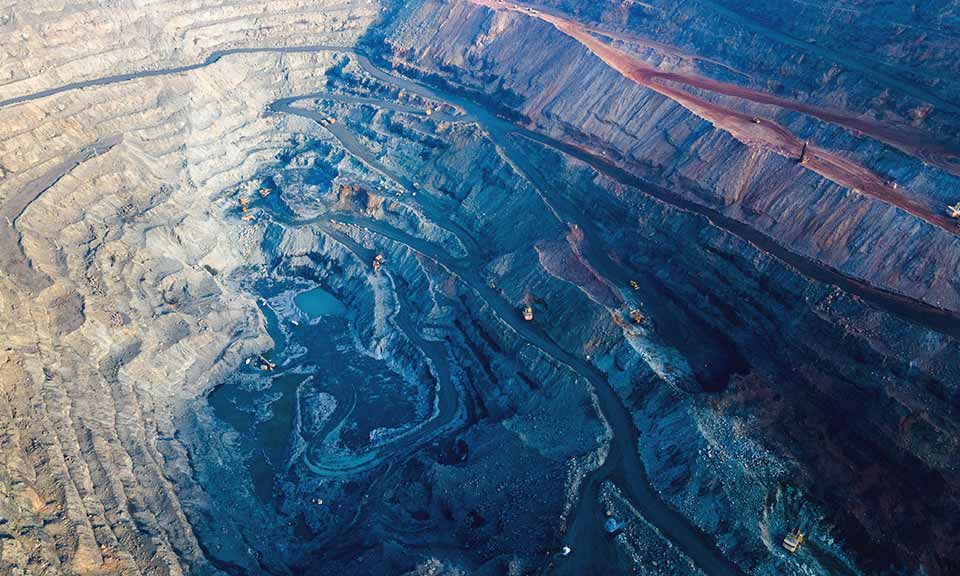
News
Leinster Lithium Project comprised of 23 exploration licenses Several European lithium mining/refining projects set to launch this year UK project developer and battery metals recycler Technology Minerals is to sell its exploration licenses in Leinster, Ireland, to project developer European Lithium. The London-listed company said April 22 the purchase would take place through the sales of 100% of the issued share capital of its wholly owned subsidiary and the owner of its exploration licenses LRH Resources limited. The proposed sale price is $10 million to be settled through the transfer of the equivalent value of shares held by European Lithium in Critical Metals Corp. calculated at 90% of the closing market price of the shares on the day before the signing of a heads of agreement. The shares in Critical Metals will be held in escrow until Feb. 28, 2025. LRH Resources' Leinster Lithium Project is comprised of 23 exploration licenses containing significant lithium bearing spodumene pegmatites. Technology Minerals said it will retain its 100% interest in the Asturmet project in northern Spain. "The agreement is an endorsement of our ability to identify and develop early-stage projects with significant potential," said Alex Stanbury, Technology Minerals chief executive. "It also underscores our strategy to advance early-stage projects up the value curve and attract potential buyers or partners to bring additional value to the company and its shareholders," he added. European Lithium chair, Tony Sage said that the acquisition demonstrates his company's commitment to expanding in the European lithium industry and its ability to identify and secure promising lithium properties. "This also demonstrates the value of our investment in Critical Metals Corp. As we move forward, we can utilize the investment again and again without depleting our cash reserves, he said. European Lithium, an Australia-listed mining exploration and development company is focusing on the development of the Wolfsberg project in Cezch Republic. The company is aiming to be the first and largest local lithium supplier in an integrated European battery supply chain. Several European lithium mining and refining projects are poised to launch commercial operations this year, supported by a push among original equipment manufacturers, or OEMs, to regionalize their battery supply chains and reduce dependence on imported material. On March 18, The European Council adopted the European Critical Raw Materials Act (CRMA) The regulation requires that EU capacities along the strategic raw material supply chain satisfy at least 10% of EU annual consumption of mined material, at least 40% consumption of processed products and at least 25% consumption of recycled material. The regulation also requires that no more than 65% of the EU's annual consumption of each strategic raw material at any relevant stage of processing should come from a single third country. Platts, part of S&P Global Commodity Insights, assessed lithium carbonate at $14,500/mt CIF Europe April 22, unchanged on the month, while lithium hydroxide was assessed at $14,500/mt CIF Europe on March 18, also stable on the month. Platts Connect: News & Insights (spglobal.com)
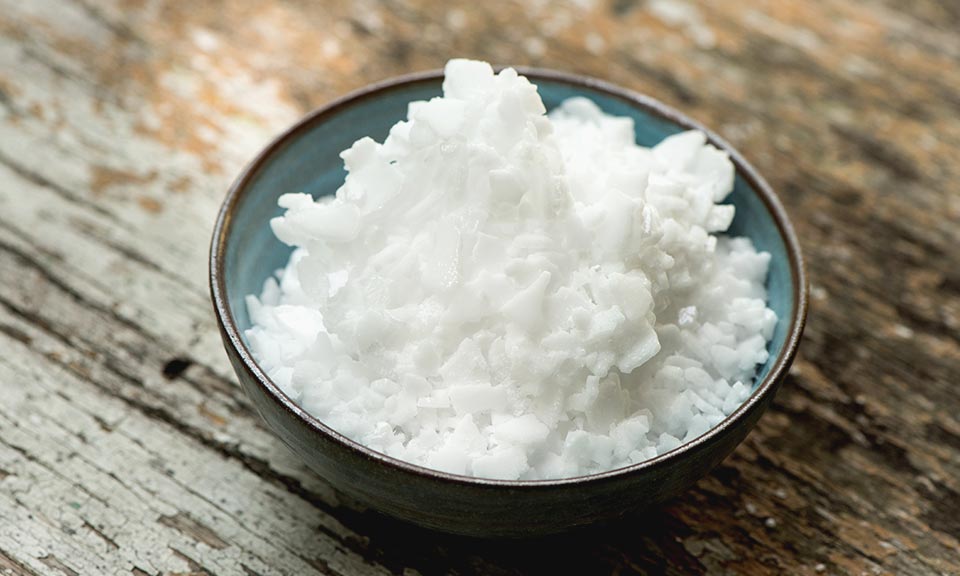
News
Nine-month production up 9.1% on year March quarter sales rise 14.4% on year Sales for 9-month period up 9.3% on year Australia's Pilbara Minerals boosted spodumene concentrate production 20.8% year over year to a record 179,006 dmt in the third quarter of the 2023 financial year, the company reported in quarterly report released April 19. The volume was also up 2% quarter on quarter and brought the nine-month total to 499,200 dmt of spodumene concentrate, 9.1% higher year on year. The company’s financial year runs from July to June. The miner said that, although there had been production challenges early in the March quarter due to adverse weather events and ore supply challenges, the P680 primary rejection facility had achieved nameplate production capacity in the second half, with a monthly production record of 80,000 dmt achieved in March. Besides the expanded production capacity of P680 with no shutdowns, the monthly record was also helped by higher ore lithium head grade and higher lithium recoveries due to operational improvements including the temporary mobile ore sorters. Pilbara said it was temporarily using mobile ore sorters to supplement ore feed and to gather in-field intelligence on the use and optimization of ore sorting technology on mine ore feed ahead of the start of commissioning of the P680 crushing and ore sorting facility in the June quarter. Sales up 14.4% on year Pilbara Lithium’s sales for the March quarter were 165,100 dmt, up 14.4% year on year and up 3% quarter on quarter. The average realized price of the quarterly sales were $804/dmt CIF China, $83.4% lower on the year and down 28% quarter on quarter. Pilbara said the quarterly sales were lower than the production volume due to the timing of shipments, with two totaling 25,900 dmt made during the first half of April. “The company continues to see ongoing customer demand for its product and is not stockpiling production volume,” it said. Sales for the nine-month period totaled 471,400 dmt, up 9.3% on the year, at an average realized price was $1,343/dmt CIF China, down 72.8% on the year. “The pre-auction sale of 5,000 dmt at $1,106/dmt SC5.5 in March reflects the ongoing demand and positive pricing for unallocated production volume,” Pilbara said. Lithium price increases are "feeling material" when looking at the 60 days up to mid-April, Pilbara Minerals' Henderson said. Platts, part of S&P Global Commodity Insights, assessment of lithium spodumene concentrate with 6% lithium oxide content (SC6) has risen 11.3% since the start of 2024 to $1,080/mt FOB Australia April 19. Mid-Stream demo plant project on schedule The company said its Mid-Stream demonstration plant project continued to progress on schedule and budget with detailed design, and was still expected to achieve first lithium salt production in the June quarter of the 2025 financial year. Pilbara’s JV with POSCO, POSCO Pilbara Lithium Solution Co., also completed commissioning activities and started production ramp up for Train 1 of the 43 ,000 mt/year lithium hydroxide monohydrate (LHM) chemical facility in Gwangyang, South Korea, Pilbara said. It said small volumes of uncertified LHM were produced during the quarter as part of commissioning with the ramp-up to full capacity estimated within 12-18 months. The JV also continued major construction works for Train 2 at the plant, with commissioning expected to start during the second half of 2024. Platts Connect: News & Insights (spglobal.com)
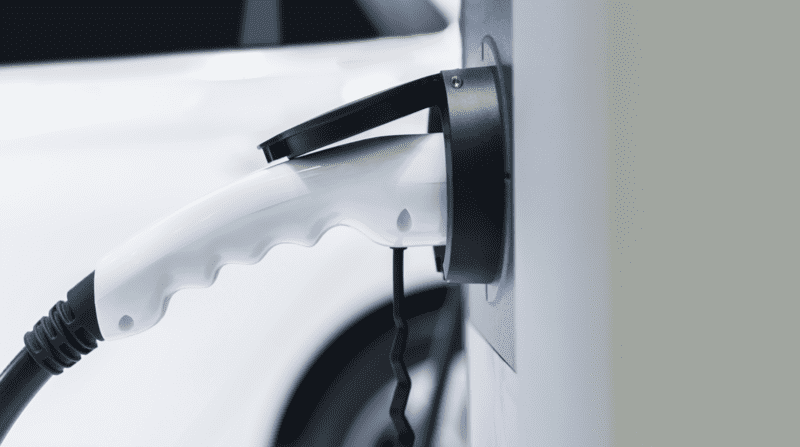
News
Reduced EV sales hits home installations Tailwinds from ZEV mandate expected UK EV sales market share down in March The UK's electric vehicle charging market is facing a challenging outlook due to policy uncertainty and reduced demand for new EVs, EDF-majority-owned charging company Pod Point said April 18. Pod Point's 2023 revenue fell 11% to GBP63.8 million ($80 million) mainly due to a 38% year-on-year decline in home charge point installations to 33,513. Commercial charge point installations fell 10% to 5,231. "The market is likely to remain challenging with increased consumer uncertainty in anticipation of potential changes to UK government policy and ongoing volatility in private new EV demand," CEO Andy Palmer said. There should be "significant tailwinds", however, from the government's zero emission vehicle (ZEV) mandate, Palmer said. The legislation requires auto makers to increase zero emission car and van sales in the overall UK mix from 22% in 2024 to 38% by 2027, 80% by 2030 and 100% by 2035. UK battery electric vehicle registrations in March were up 3.8% year on year to 48,388 units, although, at 15.2%, BEVs' market share was down one percentage point year on year, according to Society of Motor Manufacturers and Traders data. National Grid ESO estimates there will be up to 37.4 million EVs on UK roads by 2050, up from just over 1 million as of end-March (not including 645,000 plug-in hybrid EVs). Pod Point CFO David Wolffe said the company expected the mix of vehicles to continue to shift to EVs on the back of more choice for consumers, "with more new battery electric models expected to be launched in 2024 at more accessible price points." A potential constraint, however, could be the UK's behind-schedule power network expansion. "The addition of an EV typically will double a household's electricity usage. This is a huge challenge at the national level. In parallel with this, there has been rapid growth in the contribution of wind and solar power to our national grid, which are both more volatile," Wolffe said. On the plus side for Pod Point and EDF, these factors may double the value of the grid flexibility market by 2030 to around GBP4 billion. The vehicle-to-grid concept sees EVs helping network operators balance their systems. "Pod Point has already established itself as an emerging player in this exciting market, delivering revenue and profit in 2023. We have delivered flex in two markets during 2023 and have signed multiple partnerships with key players, including EDF, Centrica and UK Power Networks," it said. Platts, part of S&P Global Commodity Insights, assessed battery grade lithium carbonate and hydroxide assessments at $14,500/mt CIF Europe on April 17, stable in recent weeks but down from $15,900/mt in early January. Platts Connect: News & Insights (spglobal.com)
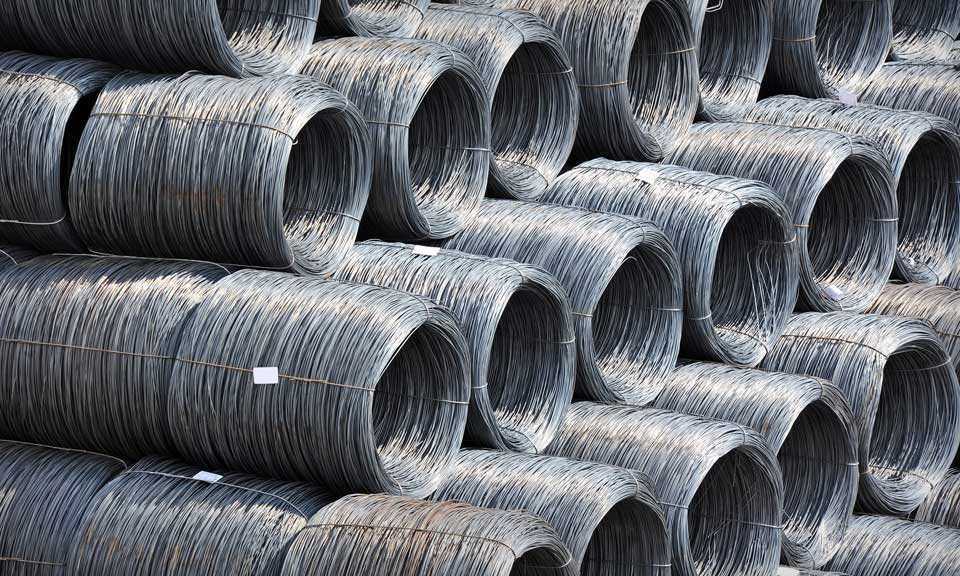
News
China's property sector has been in shambles over the past few years and remains the biggest drag on domestic steel demand. The property market has trended downwards in the first quarter of 2024. With no major recovery signs in new home sales, China’s new home construction starts are likely to remain on the downwards trajectory in the foreseeable future. The slowing property sector has triggered debt risks locally, leading Beijing to order local governments to downsize infrastructure projects, which has also undermined the growth momentum in infrastructure steel needs, adding to the demand slump. Click here to see full-size image